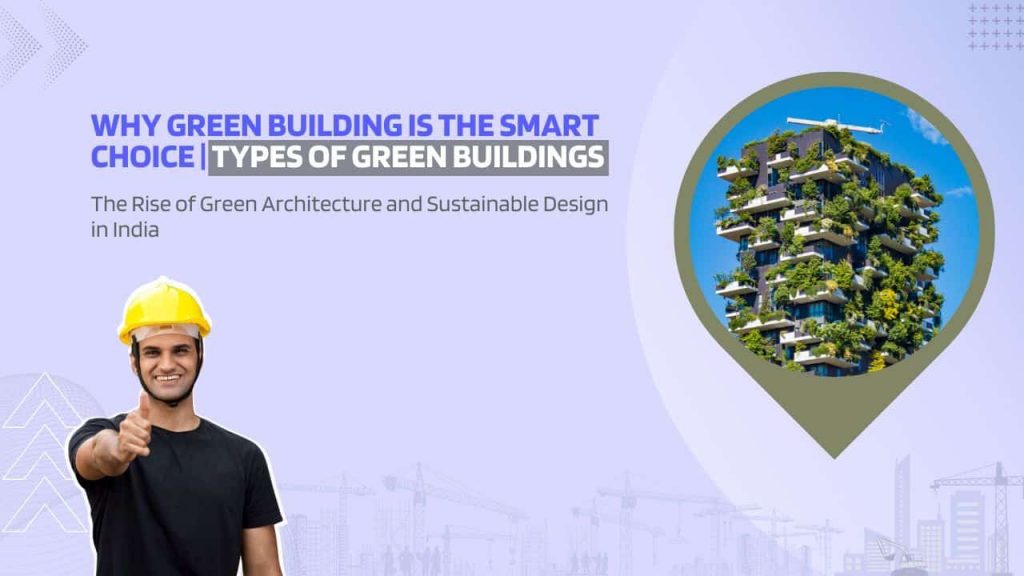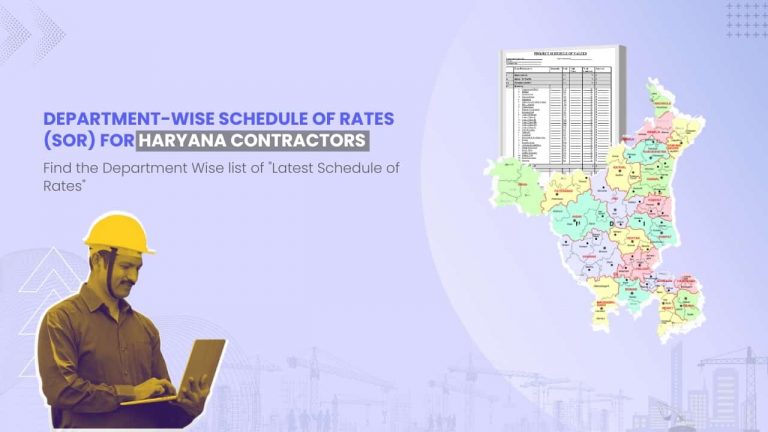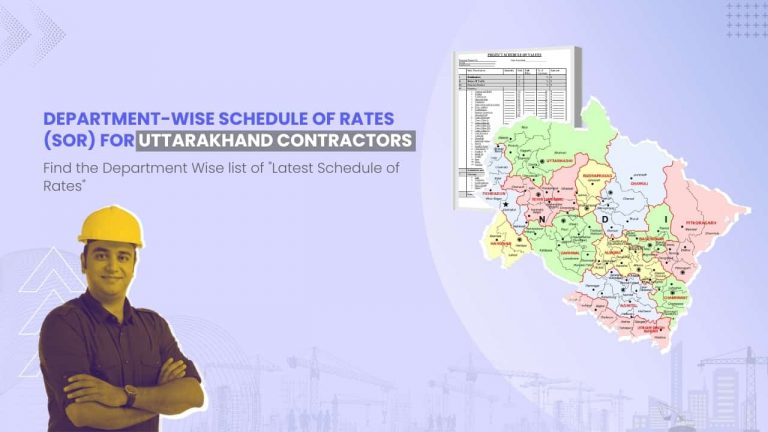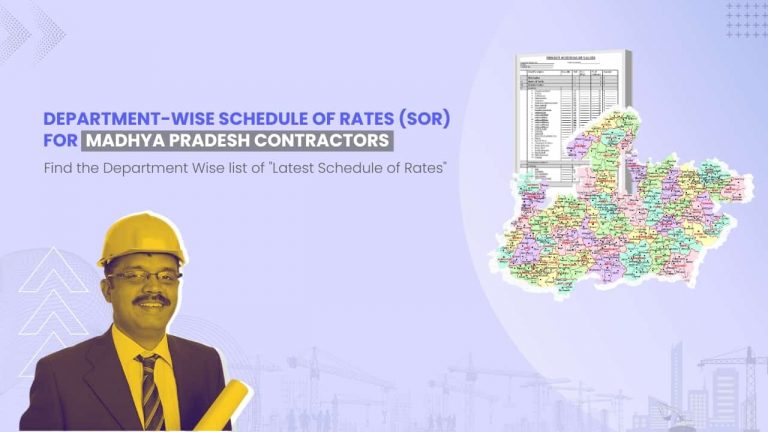
Green building practices are a wise choice in today’s world, where sustainability matters more than ever. This article will explore the ins and outs of green building, covering its types, advantages, disadvantages, and what contractors need to keep in mind when working on green projects.
What is Green Building?
Green building, also known as eco-friendly construction, is about creating structures that are not only efficient but also environmentally friendly. It’s a commitment to using resources wisely, reducing environmental impact, and ensuring a healthy environment for occupants.
What makes a Building Green?
- Energy Efficiency: Focus on using energy wisely with advanced insulation, efficient lighting, and HVAC systems.
- Water Efficiency: Incorporate water-saving technologies such as low-flow fixtures and rainwater harvesting.
- Materials Selection: Use sustainable, recycled, and locally sourced materials to reduce environmental impact.
- Indoor Air Quality: Prioritize occupant health with low-emission materials and efficient ventilation systems.
- Site Selection and Design: Choose sites wisely and incorporate landscaping to minimize environmental impact.
Types of Green Buildings
1) LEED (Leadership in Energy and Environmental Design)
LEED is a well-known system globally for making eco-friendly buildings. It looks at things like saving energy, using less water, and making inside air good. Even though many people recognize it, getting certified takes a lot of time and costs a good amount. It’s good for different buildings like homes or offices when you want a well-known green stamp on it.
Advantages of LEED (Leadership in Energy and Environmental Design)
- Many people know about it around the world.
- Looks at a lot of things like saving energy, using less water, and making inside air good.
- Makes people think of new and better ways to build.
Disadvantages of LEED (Leadership in Energy and Environmental Design)
- Takes a long time and costs a lot to get certified.
- Some say it’s more about paperwork than really helping the environment.
2) Passive House
Passive House tries to use as little energy as possible by being smart about how the building is made. It makes sure people inside are comfortable and have good air. Even though it needs special knowledge, it starts a bit expensive but pays off in the long run. It’s best for places with very hot or very cold weather, where saving energy is a big deal.
Advantages of Passive House
- Tries to use as little energy as possible by being smart about how the building is made.
- Makes sure people inside are comfortable and have good air.
Disadvantages of Passive House
- Needs special knowledge to do it right.
- Starts a bit expensive, but it pays off in the long run.
3) Zero Energy Buildings (ZEB)
Striving to generate as much energy as it consumes, Net Zero Energy construction relies on renewable sources like solar or wind power. Initial costs for renewable energy systems may be higher, but the long-term benefits include significant utility bill savings and reduced environmental impact. Best suited for sunny or windy locations, it aligns with a commitment to sustainability.
Advantages of Zero Energy Buildings (ZEB)
- Tries to make as much energy as it uses, often from sun or wind.
- Can save a lot of money on energy bills and helps the planet.
Disadvantages of Zero Energy Buildings (ZEB)
- Costs more at first to get the energy-making stuff.
- Works best where it’s easy to get sun or wind power.
4) Green Roof and Living Wall
Green Roof and Living Wall designs use natural elements in buildings, providing insulation, managing stormwater, and making things look nice. While they help with environmental goals, they might cost more at first and need care to keep working right. They’re good for cities where there’s not much green space and work for new or old buildings.
Advantages of Green Roof and Living Wall
- Acts like a natural coat, making the building stay cool or warm as needed.
- Helps with rainwater and looks nice.
Disadvantages of Green Roof and Living Wall
- Starts a bit expensive.
- Needs care to keep working right.
5) Cradle to Cradle (C2C)
Cradle to Cradle thinks about where things come from and where they go, making less waste. It likes using safe and natural materials. Even though it needs to talk with companies to get the right materials and some things might be hard to find, it’s best for projects that really care about using things that are good for the Earth from start to end.
Advantages of Cradle to Cradle (C2C)
- Thinks about where things come from and where they go, making less waste.
- Likes using safe and natural materials.
Disadvantages of Cradle to Cradle (C2C)
- Needs to talk with companies to get the right materials.
- Some things might be hard to find.
Advantages of Green Buildings
- Environmental Benefits: Reduce your carbon footprint, conserve natural resources, and minimize environmental impact.
- Cost Savings: Save on utility costs with energy-efficient designs over the building’s lifespan.
- Health and Well-being: Enjoy improved indoor air quality, contributing to occupant health and productivity.
- Market Value: Green buildings often have higher resale or rental values due to their sustainable features.
Disadvantages of Green Buildings
- Initial Costs: Upfront costs for construction and green features may be higher.
- Limited Material Availability: Some regions may face challenges in obtaining sustainable materials at affordable costs.
- Technological Limitations: Advanced green technologies may not be readily available or affordable in certain areas.
Also Read: Green Cement Revolution: Environmentally Friendly Options and Their Prices in India
Conclusion
In wrapping up, going green in building isn’t just a fad—it’s a vital move towards a sustainable future. By grasping and applying well-known green building types like LEED certification, Passive Houses, Net Zero Energy structures, and designs featuring Green Roofs and Living Walls, we take significant strides toward eco-friendly construction. These approaches don’t just cut our impact on the planet; they also boost energy efficiency, enhance air quality, and overall human well-being.

Popular FAQs on Green Buildings
1. What is the primary goal of green building?
The primary goal is to create structures that maximize resource efficiency, reduce environmental impact, and promote occupant well-being.
2. Are there different types of green buildings?
Yes, there are various types, including Certified Green Buildings, Zero Energy Buildings (ZEB), and Passive Houses.
3. How do green buildings benefit the environment?
Green buildings reduce carbon footprints, conserve natural resources, and minimize environmental degradation.
4. Do green buildings have higher resale values?
Yes, green buildings often have higher resale or rental values due to their sustainable features.
5. What should contractors keep in mind when working on a green building project?
Contractors should focus on education, collaboration, compliance with regulations, lifecycle analysis, and regular monitoring and maintenance of green features.
People also search for: types of green building, green building project for civil engineering, types of green buildings, classification of green building, green building types







